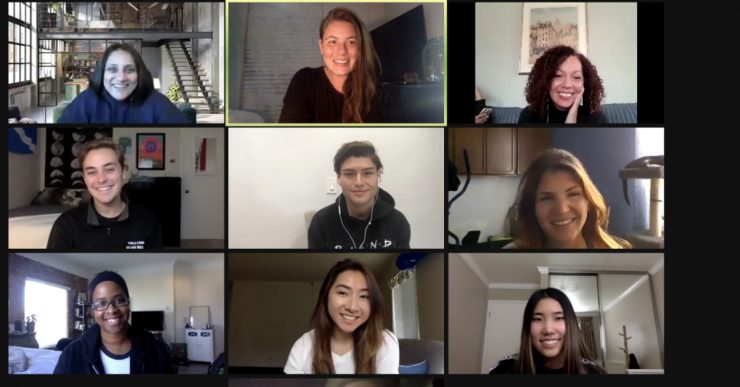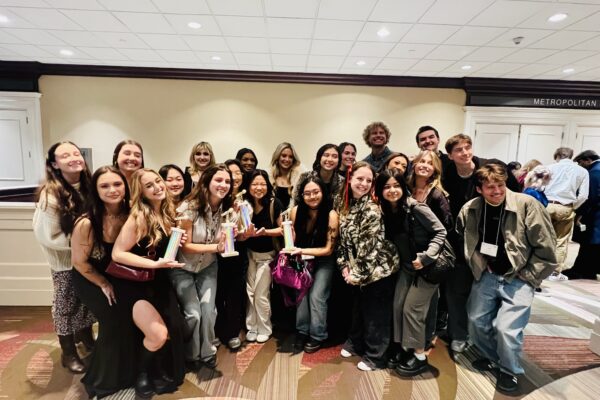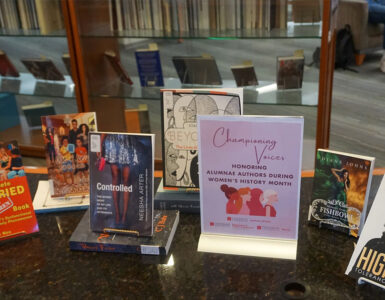Student Government Association (SGA) Senator Steele Viverette ’22 wants all Chapman University students to know one thing: “We see you, we’re listening and we’re getting things done.”
Since taking office, the double major in Global Communication and World Languages and Political Science has been busy listening, learning and planning.
At the top of his priority list: supporting communities of color on campus and advocating for equitable change. It was with that goal in mind that Viverette partnered with the School of Communication Student Advisory Board and The Orange County Human Relations Council (OCHR) to organize a diversity and inclusion training event for Chapman’s School of Communication.
The one-day event offered students the opportunity to engage in honest conversation about diversity and inclusion on campus and explore ways to continue advancing the university’s commitment to cultivating an inclusive campus environment.
In a recent interview, Viverette shared insights about his experience bootstrapping the initiative and the SGA’s plans moving forward.
What was the training like and what were students’ reactions?
“If I had to describe the training in one word I would say it was therapeutic. It didn’t feel like someone was lecturing us, but it was a collaborative and personalized discussion. The feedback I got was overwhelmingly positive. People thought it was a very safe space and a great opportunity to talk, collaborate and share. That’s what made the training special – it was people from a very diverse array of perspectives sharing their own journeys.”
In what ways do you think this will help promote an inclusive campus culture?
“I think it’s an awesome opportunity to get us talking as a campus community. I recognize that it’s by no means an end goal. But giving our students the tools to be able to navigate conversations about topics that are often very difficult to talk about is a great and practical starting point in keeping those conversations going.”
How did the idea of hosting a diversity and inclusion training event come about?
“The initiative began as part of a larger SGA initiative. When the new senators took office at the start of the academic year, we were in an interesting time. There were increasing calls to address racial and social justice. As soon as my term started, the first thing we talked about was how the School of Communication could better support our communities of color.”
What support have you received from the School of Communication?
“I received a lot of support, especially from Dr. Weber. She’s extremely committed to making sure we become a more diverse and inclusive school and was so helpful throughout the entire process. But generally speaking, there’s an overwhelming amount of support from faculty. They, like the students, want to see this change, too. I also received a lot of support from the School of Communication Student Advisory Board. I first brought the idea of diversity and inclusion training to the board, and together we figured out how to actually go about implementing the training. They played a huge role in making this event happen.”
Are there any new initiatives SGA is working on?
“One thing that came out of the diversity and inclusion training event was the idea to create a task force for diversity and inclusion within the School of Communication. We are currently in the process of establishing that task force which will include students and faculty. One of our goals will be to continue this conversation and implement the changes we talked about in the training event.”
What has been the most rewarding part of leading this initiative?
“Being in the training and seeing how much people opened up. The barriers were broken down so quickly and everyone felt so comfortable sharing. I learned so much about people I had been working with for so long, but now I see them through a completely different lens. That was the most rewarding part. It was a very hopeful moment.”




